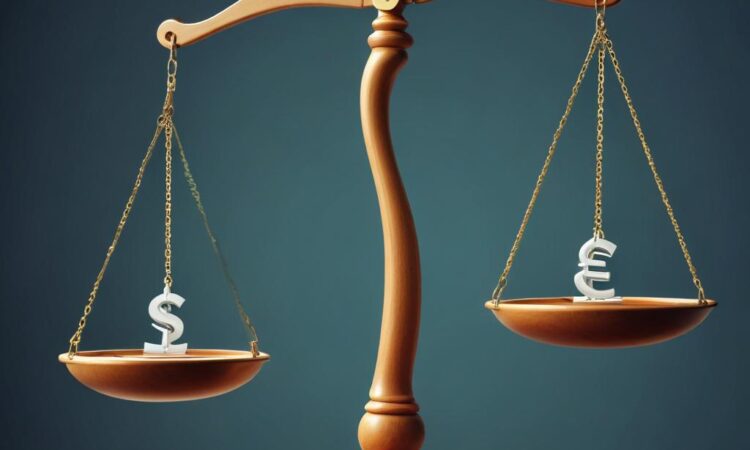Government Fiscal Policies and Economic Growth: Let’s Talk Turkey
Okay, so governments everywhere are wrestling with a pretty big problem: how to keep the economy chugging along while also making sure they don’t go broke. It’s a balancing act, right? They need to spend money to boost things (think infrastructure projects, tax breaks – all that good stuff), but too much spending can lead to inflation and a mountain of debt.
You hear a lot about this from the IMF and various brainy think tanks. They’re constantly crunching numbers and debating the best way forward. It’s all about finding the sweet spot – enough stimulus to get the economy moving without blowing the budget.
The Great Fiscal Policy Debate
One of the big things they’re arguing about is the actual *effectiveness* of different fiscal policies. Does cutting taxes really stimulate the economy as much as people think? Does government spending on things like education and healthcare pay off in the long run? These aren’t easy questions to answer.
For example, some people argue that tax cuts for corporations will encourage investment and job creation. Others say it mostly benefits the wealthy and doesn’t do much for the average person. Similarly, there’s a lot of discussion about the impact of government spending on infrastructure. Is it a good use of public funds, or are there better ways to invest in economic growth?
Then there’s the tricky issue of inflation. If the government spends too much money, it can push prices up, making everything more expensive. And of course, a massive national debt can have long-term consequences for the country’s financial stability. It’s a delicate balancing act, trying to find policies that promote growth without causing unwanted side effects.
Specific Examples: Tax Policies and Government Spending
Let’s dig a little deeper into the nitty-gritty. Take tax policies, for instance. There’s always a debate about whether to raise or lower taxes, and on whom. Should we tax corporations more heavily? Should we implement carbon taxes to encourage greener practices? Should we increase taxes on the wealthy to fund social programs? Each option has potential benefits and drawbacks, and economists argue back and forth about the best approach.
Similarly, government spending programs are a major area of debate. How much should the government spend on healthcare? On education? On infrastructure? Should it prioritize certain areas over others? For instance, some argue that investing in education leads to a more skilled workforce and greater economic productivity down the line. Others might say that investing in green technology is crucial for long-term sustainability and economic growth. It’s a complex issue with no easy answers.
The IMF and think tanks are constantly analyzing the impacts of different policies, looking at the data and trying to draw conclusions. They publish detailed reports, offering their perspectives on what works and what doesn’t. But even with all their research, it’s tough to make definitive statements. The economy is a complex system, and there are so many variables at play.
So, where does that leave us? Well, it’s clear that finding the right balance between fiscal sustainability and economic growth is one of the biggest challenges facing governments around the world. It’s a constant process of learning, adapting, and adjusting policies based on the latest data and economic trends. It’s a fascinating field of study, filled with complex issues and ongoing debates.
Ultimately, the “best” fiscal policy depends heavily on the specific economic circumstances of a country, its social goals and its political environment. There’s no one-size-fits-all answer.
This is a simplified overview, of course. The world of fiscal policy is incredibly intricate and nuanced. But hopefully this gives you a better understanding of the key issues and debates.

